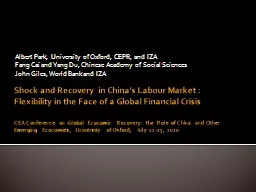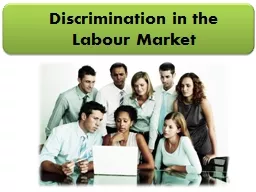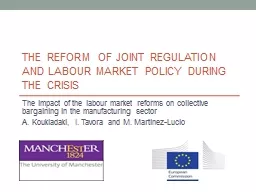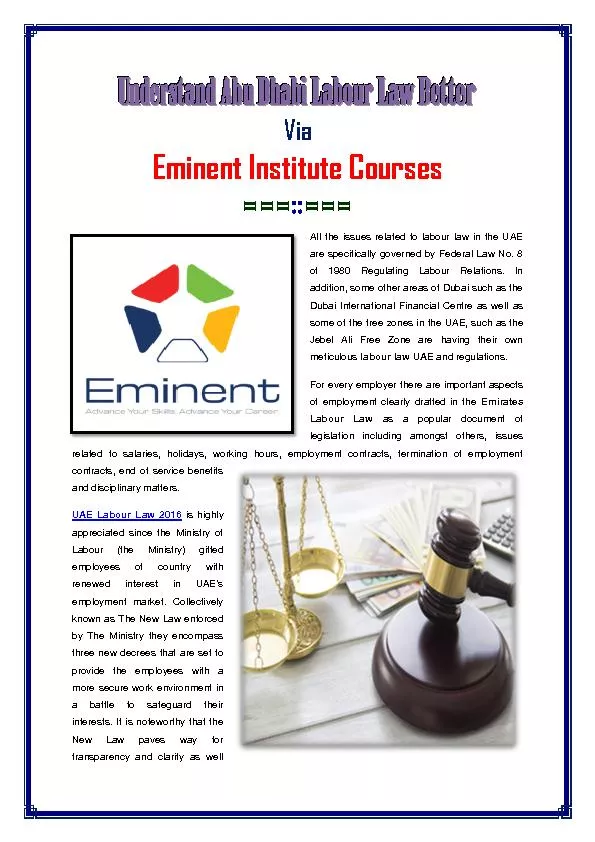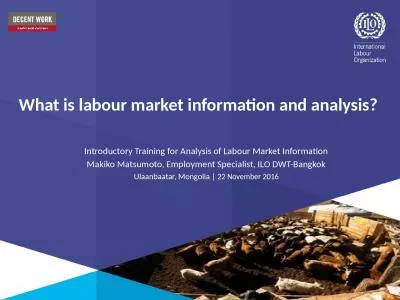PPT-Shock and Recovery in China’s Labour Market :
Author : natalia-silvester | Published Date : 2016-05-13
Flexibility in the Face of a Global Financial Crisis CEA Conference on Global Economic Recovery the Role of China and Other Emerging Economies University of Oxford
Presentation Embed Code
Download Presentation
Download Presentation The PPT/PDF document "Shock and Recovery in China’s Labour ..." is the property of its rightful owner. Permission is granted to download and print the materials on this website for personal, non-commercial use only, and to display it on your personal computer provided you do not modify the materials and that you retain all copyright notices contained in the materials. By downloading content from our website, you accept the terms of this agreement.
Shock and Recovery in China’s Labour Market :: Transcript
Download Rules Of Document
"Shock and Recovery in China’s Labour Market :"The content belongs to its owner. You may download and print it for personal use, without modification, and keep all copyright notices. By downloading, you agree to these terms.
Related Documents

